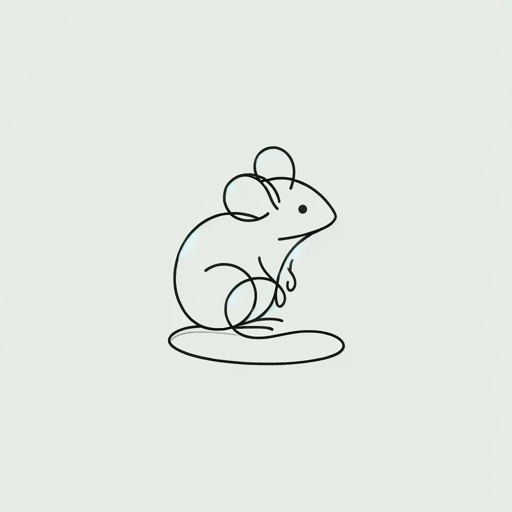21 pages • 42 minutes read
Robert BurnsTo a Mouse
Fiction | Poem | Adult | Published in 1786A modern alternative to SparkNotes and CliffsNotes, SuperSummary offers high-quality Study Guides with detailed chapter summaries and analysis of major themes, characters, and more.
Themes
Biospherical Egalitarianism
Biospherical egalitarianism is the idea that all creatures across all biospheres are worthy of equal consideration and treatment. This usually expresses itself as arguments that animals should be treated with the same moral logic with which humans treat one another and that animals have a right to live alongside humans. Though the term and modern concept of biospherical egalitarianism is far too recent to have influenced Burns’s work, many of its core tenets are on display in “To a Mouse.”
Burns’s speaker presents and demonstrates many of the principles that underlie biospherical egalitarianism. He clearly values non-human life and states that he would be “loaith to rin an’ chase [the mouse] / Wi’ murd’ring prattle” (Lines 5-6). The word “murd’ring,” which normally only refers to the killing of another human, signifies that the speaker sees the killing of a mouse as having an equal moral weight. Likewise, he sympathizes with the creature's desire to live, even if it means impacting his own life. The speaker states that the mouse “maun live” (Line 14) even if it “may thieve” the speaker’s own crop to do so. He views the food the mouse steals as “a sma’ request” that he is willing to oblige for the sake of another life (Line 16).
Related Titles
By Robert Burns




